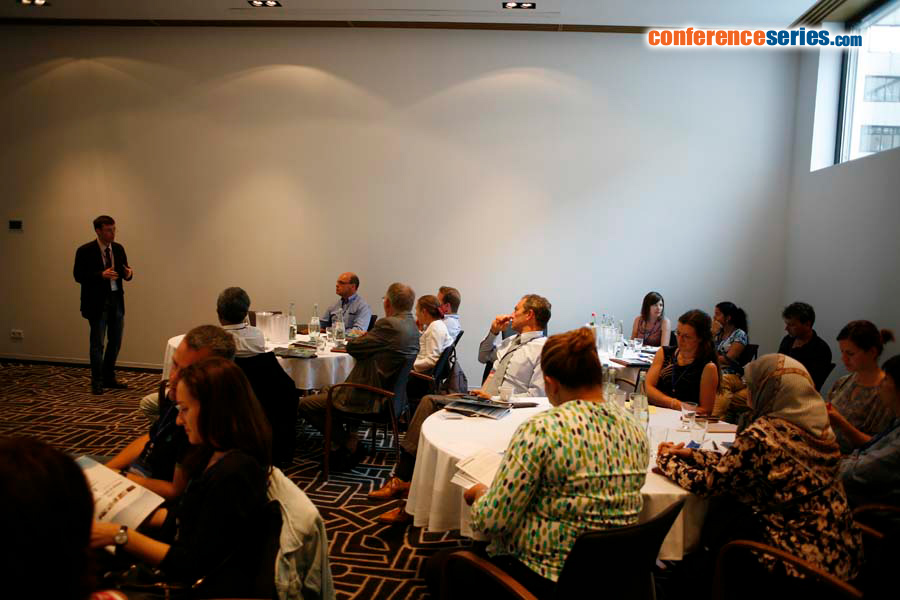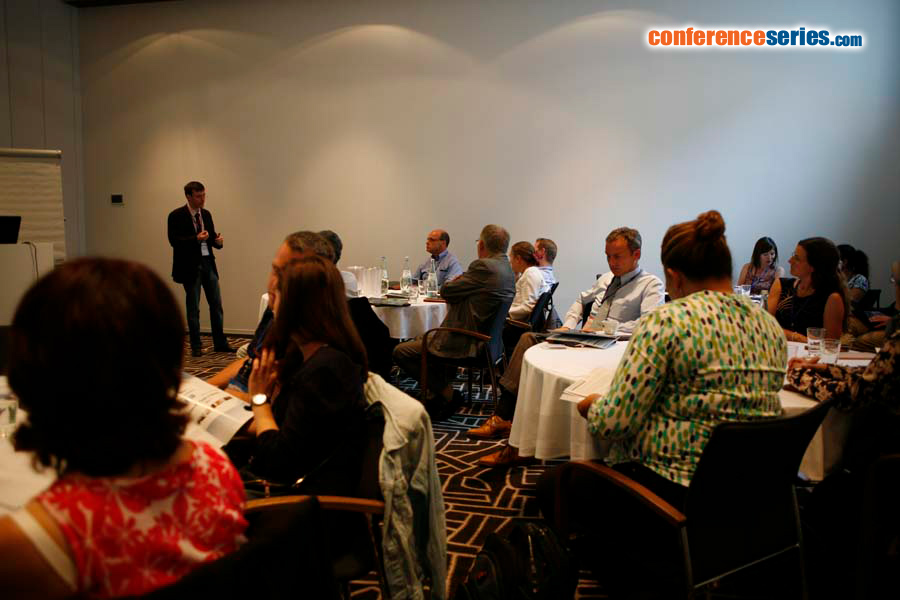
Ilya B. Tsyrlov
XENOTOX Inc, USA
Title: A decade later, another look at what role in global spread of H5N1 played upregulation by host cell dioxin of gene encoding type A influenza virus NS1 binding protein
Biography
Biography: Ilya B. Tsyrlov
Abstract
Cognate DRE sites within DNA enhancer epitomizes wide range of mammalian genes expression mediated via the Ah receptor pathway. Earlier we postulated the same for DRE-containing viral genes transactivation caused by dioxin in human cells infected with HIV-1, HBV and HCMV. Here, such mechanistic concept applied to type A influenza virus NS1 binding protein in human and avian (G. gallus gallus) host cells. The NS1 is known to prevent transcriptional induction of antiviral interferons, to inhibit splicing and dsRNA-mediated signal transduction in target cells. Presenting data range from the cellular to population levels. It was shown that gene encoding the NS1 possessed multiple DREs (core nucleotide sequence 3' A-CGCAC 5'), two of which were identified within the promoter area, namely at positions -7942 and -687. SITECON, an established computational tool for detecting transcriptional factor binding site recognition, proved the above sites as potentially active. SITECON-selected adjacent variable sequences were used to detect properties of the DRE site, and conformational similiarity score threshold of 0.95 was utilized to rank identified DRE. On the cellular level, Western blot analysis of lysates of infected or DNA-transfected confluent HeLa cells pretreated with 10 ppt dioxin for 36 h revealed several-fold increase of NS1-specific polypeptide. As the NS1 promoter contains two potentially active DRE, an extrapolation from the data on HIV-1 (1 DRE) and HCMV (10 DRE) also suggests that concentration of dioxin upregulating NS1 gene should be moderately above current dioxin levels in general population (~ 4 ppt). Presumably, elevated dioxin level in the host cells might lead to enhanced ability of NS1 to diminish antiviral interferons. That can bring new insights to the fact that resistance of highly virulent H5N1 to antiviral effects of IFN-ß and TNF-alpha directly associated with the NS1. On the population level, the data on wild birds and domestic poultry (G. gallus gallus) dying from H5N1 in Guangdong province of China, and Long An, Tieng Giang and Ben Tre provinces of Vietnam, all relate to the fact that water and soil in these regions are highly contaminated with dioxin-like compounds. Eventually, human cohorts from the above regions of China and Vietnam are exposed to elevated concentrations of dioxin, which might serve as a promotional factor for seasonal influenza outbreaks. Moreover, the sub-nanomolar body burden dioxin might strongly facilitate spreading of the H5N1 in case avian flu pandemic were to occur.




